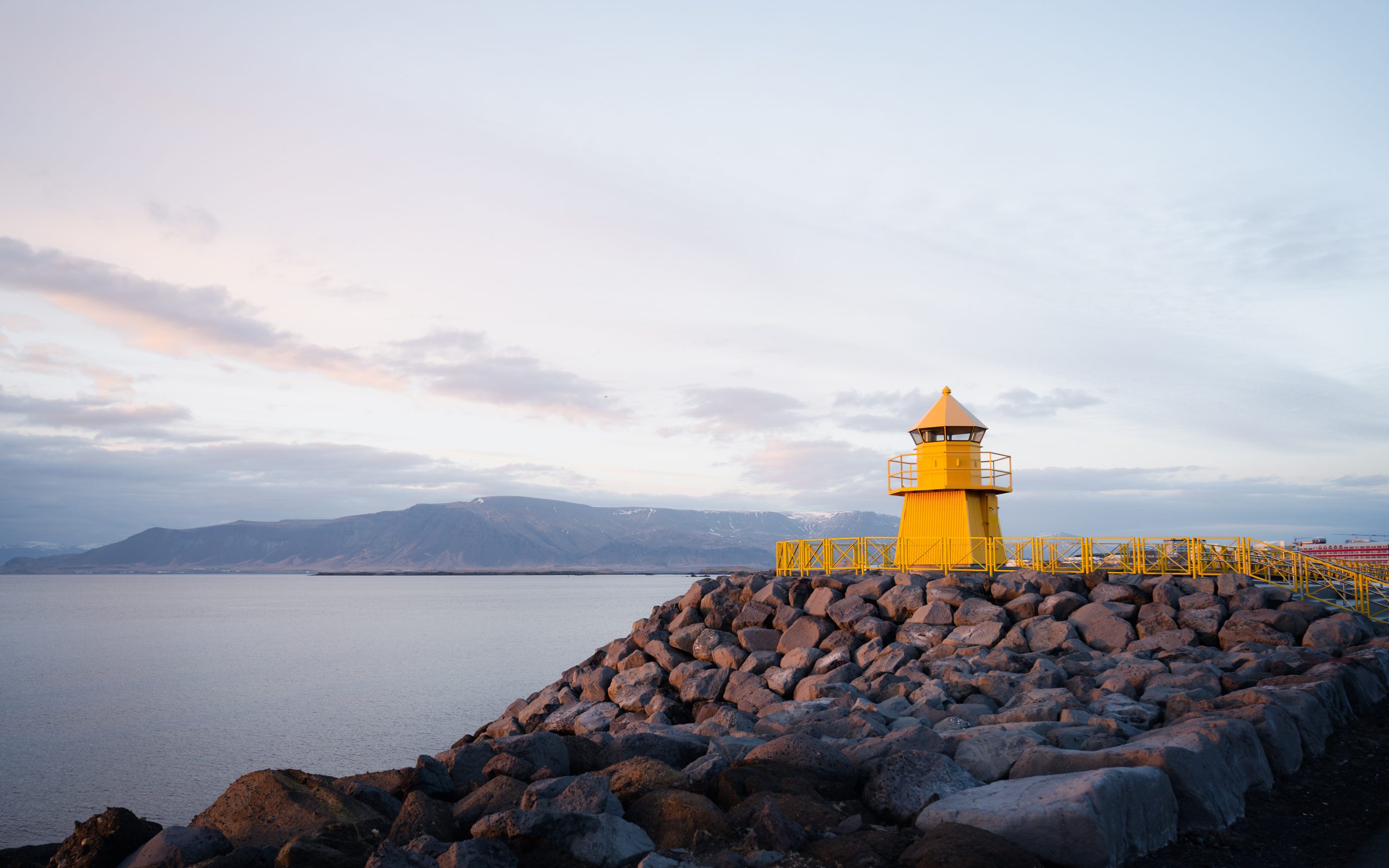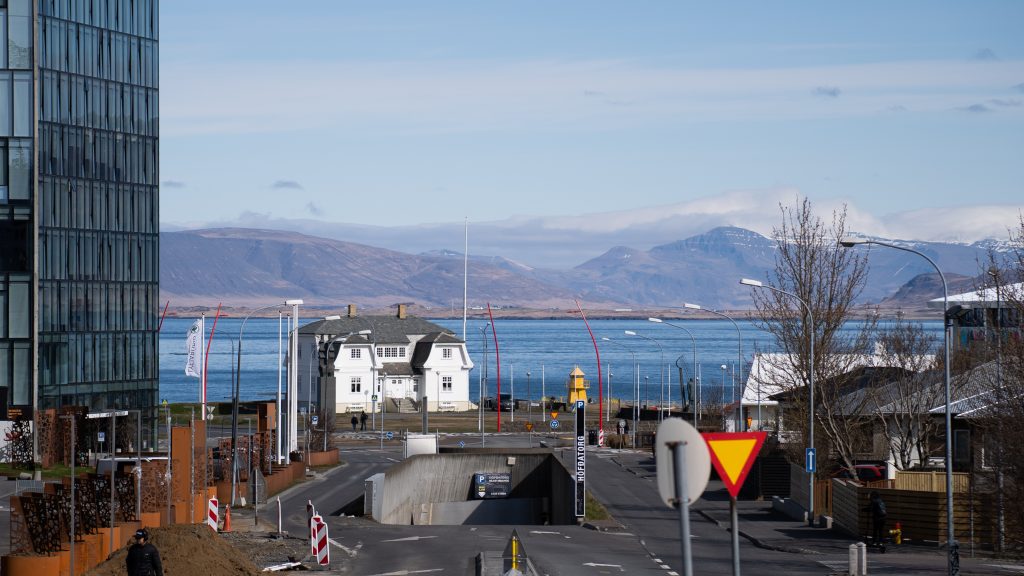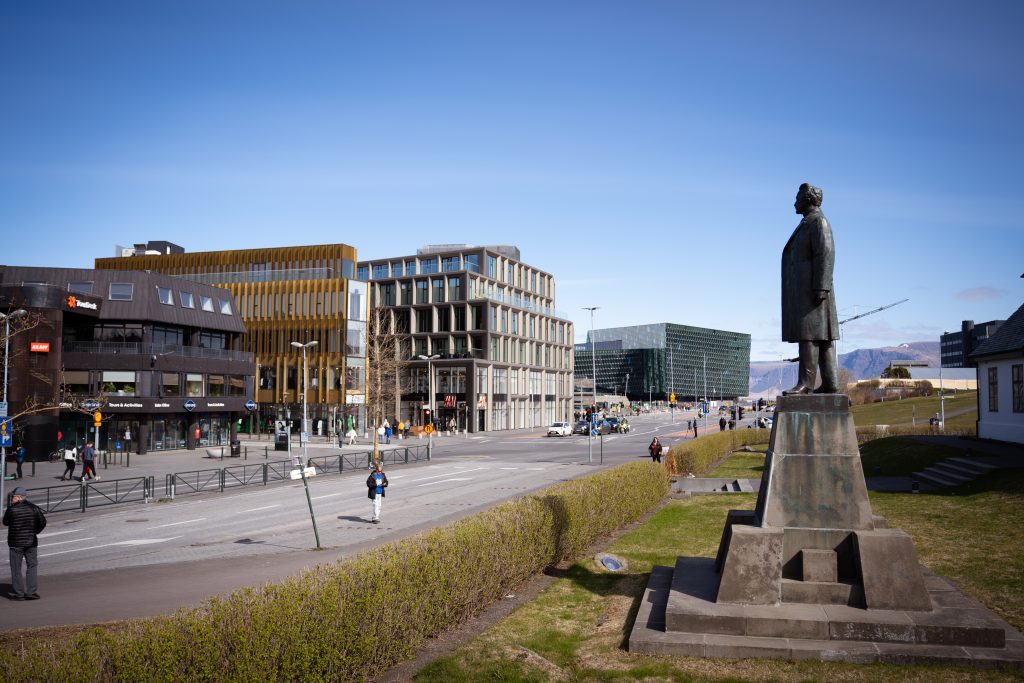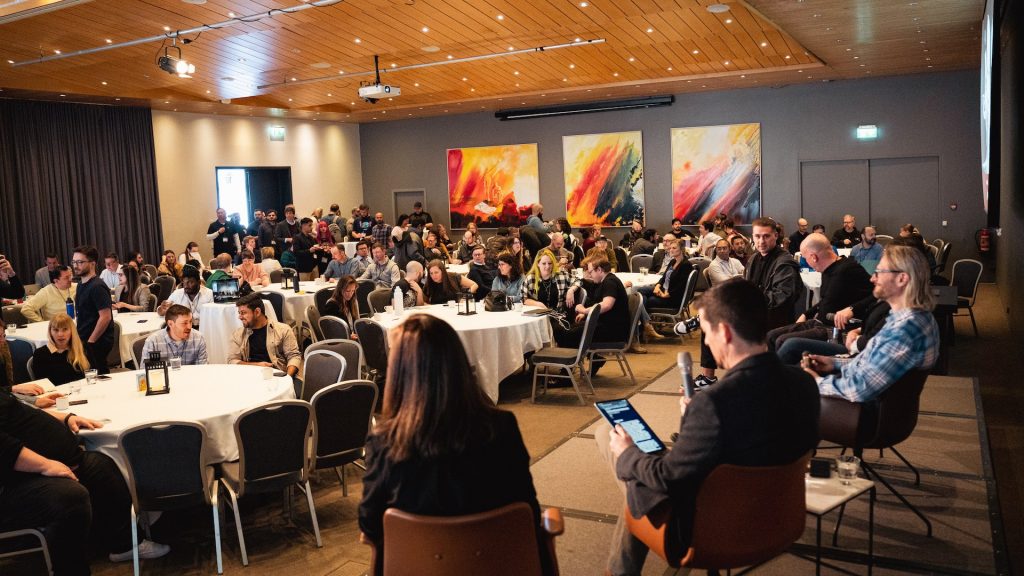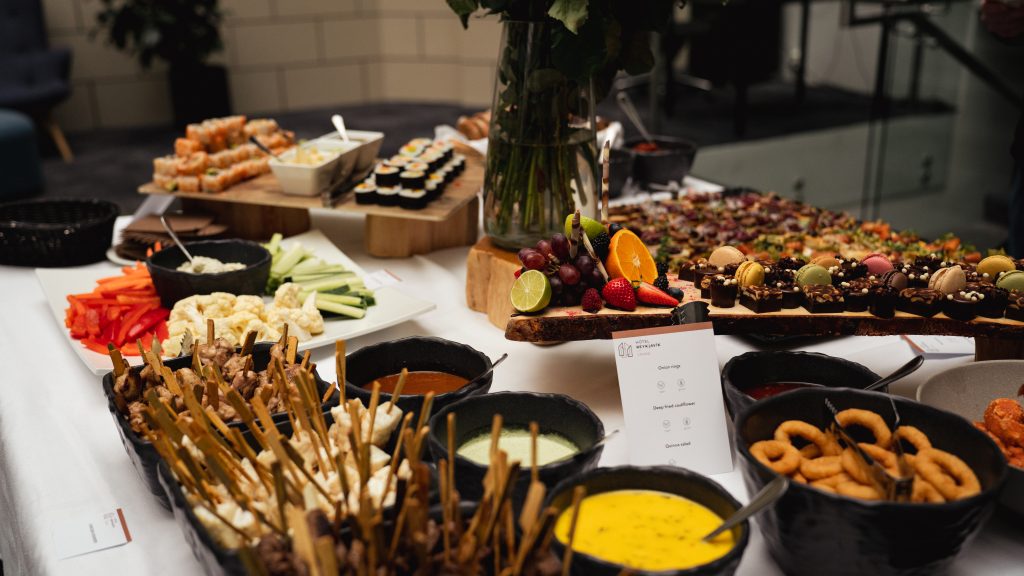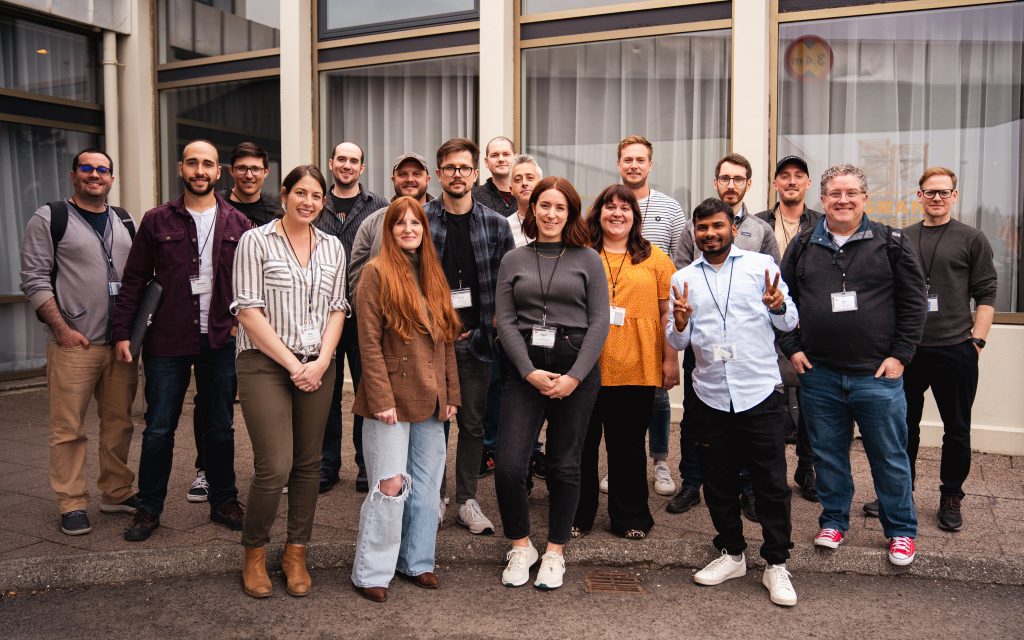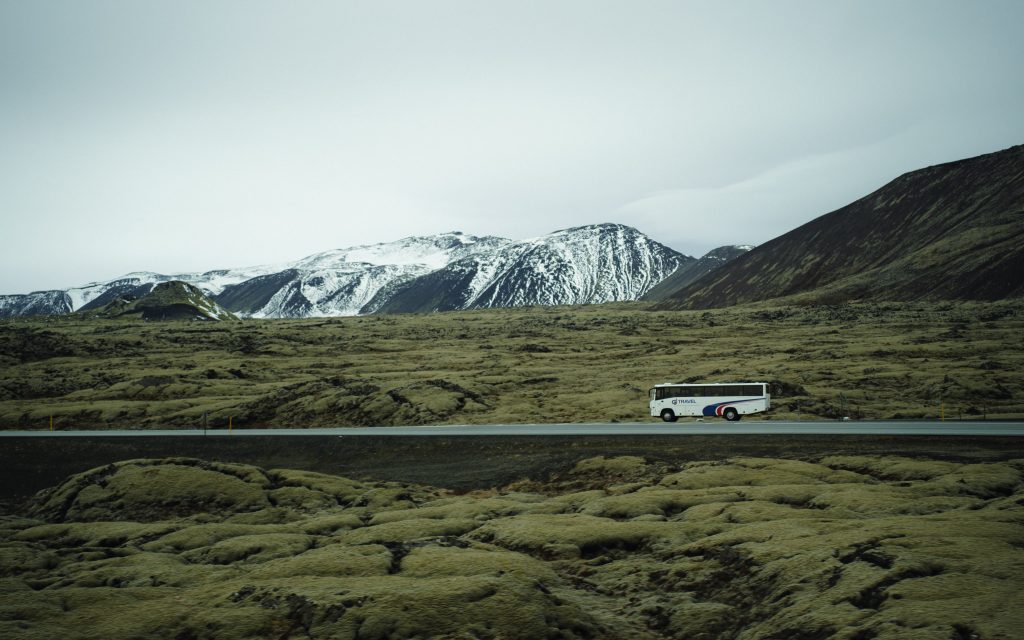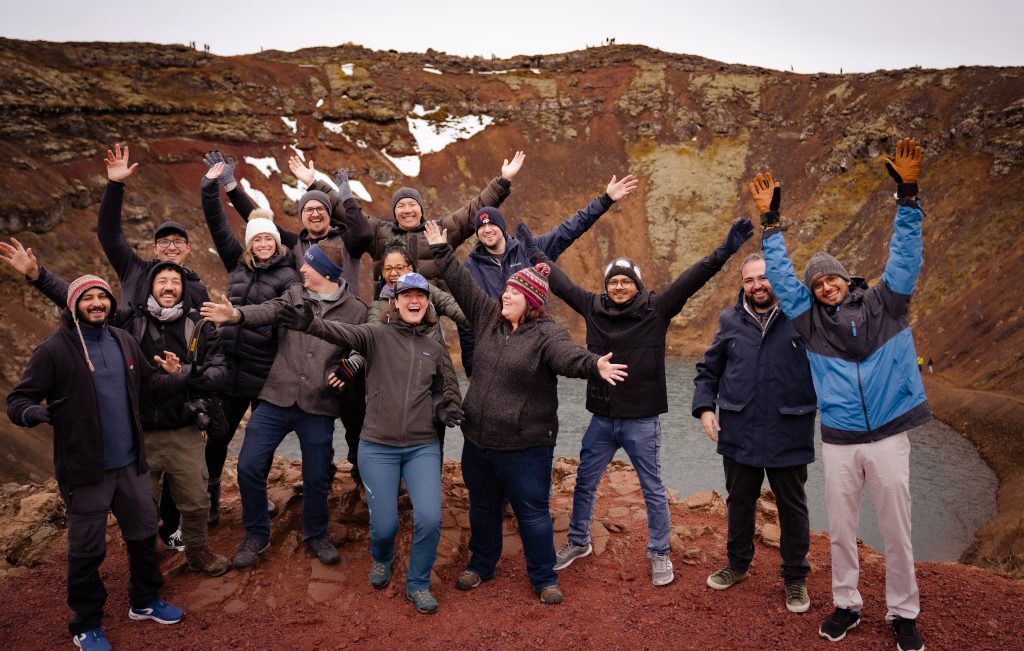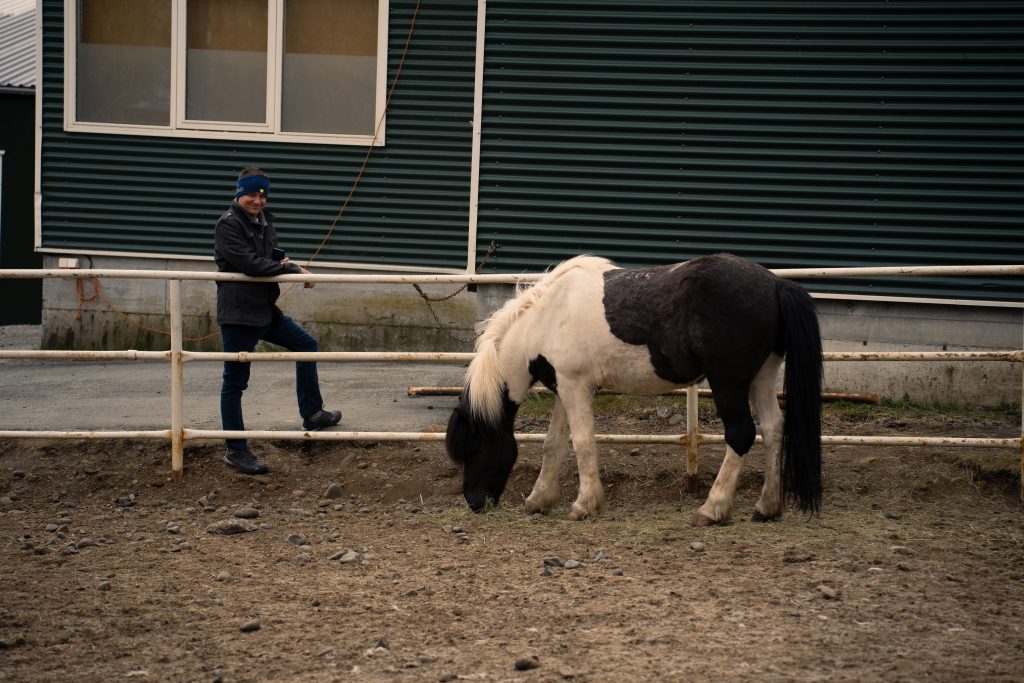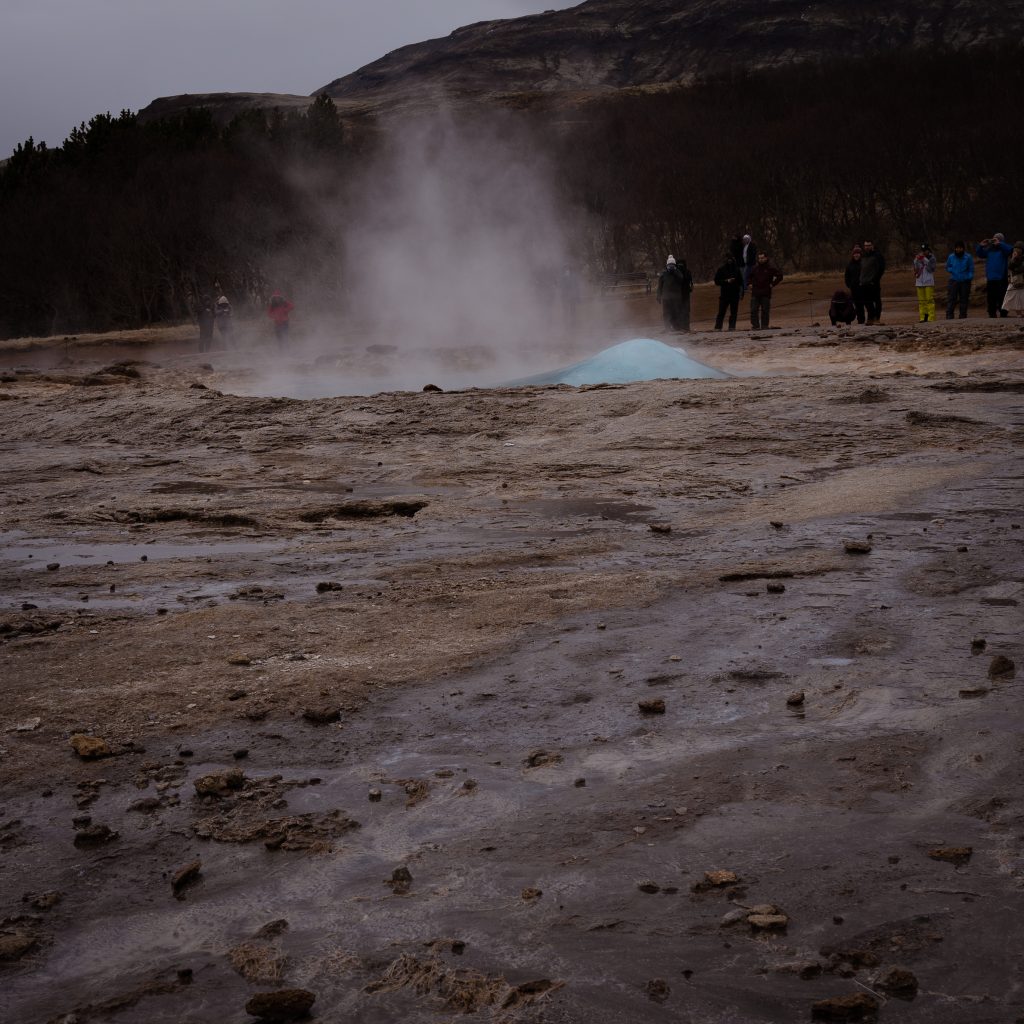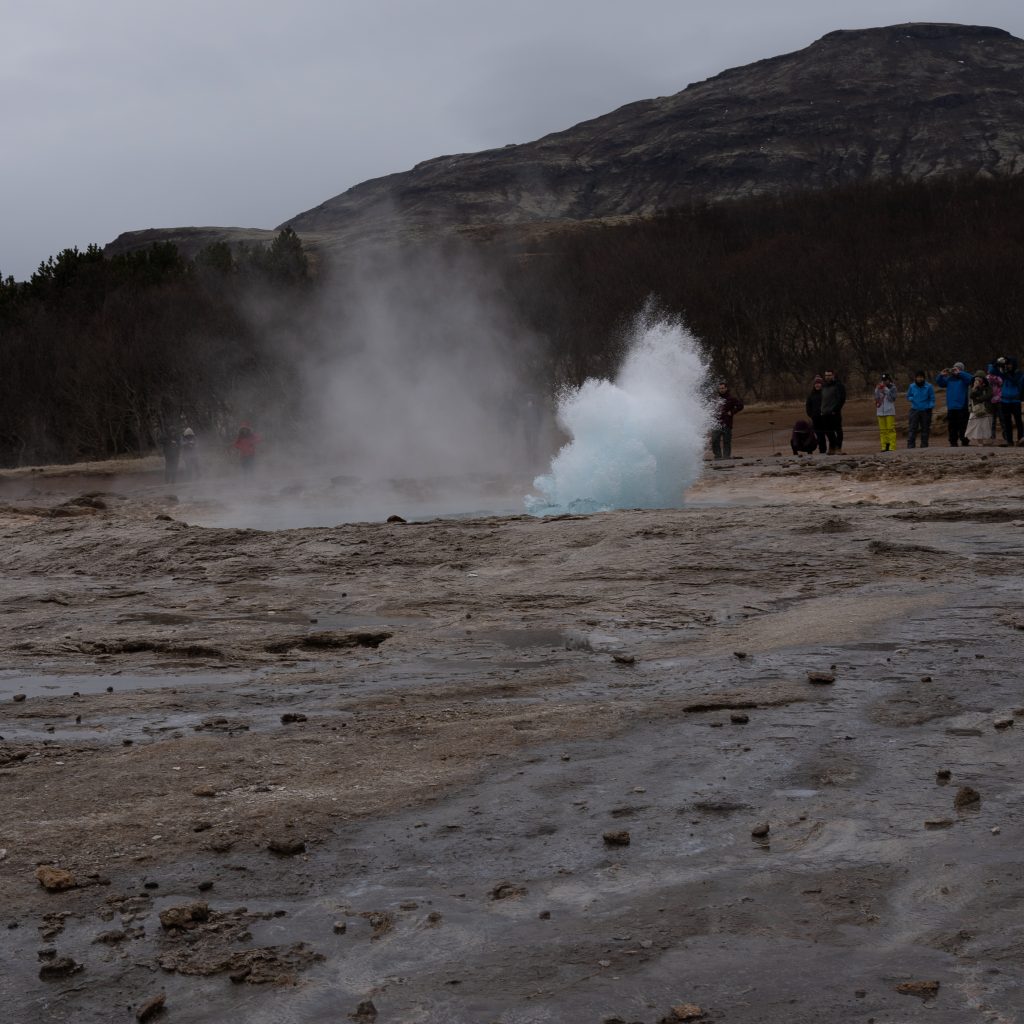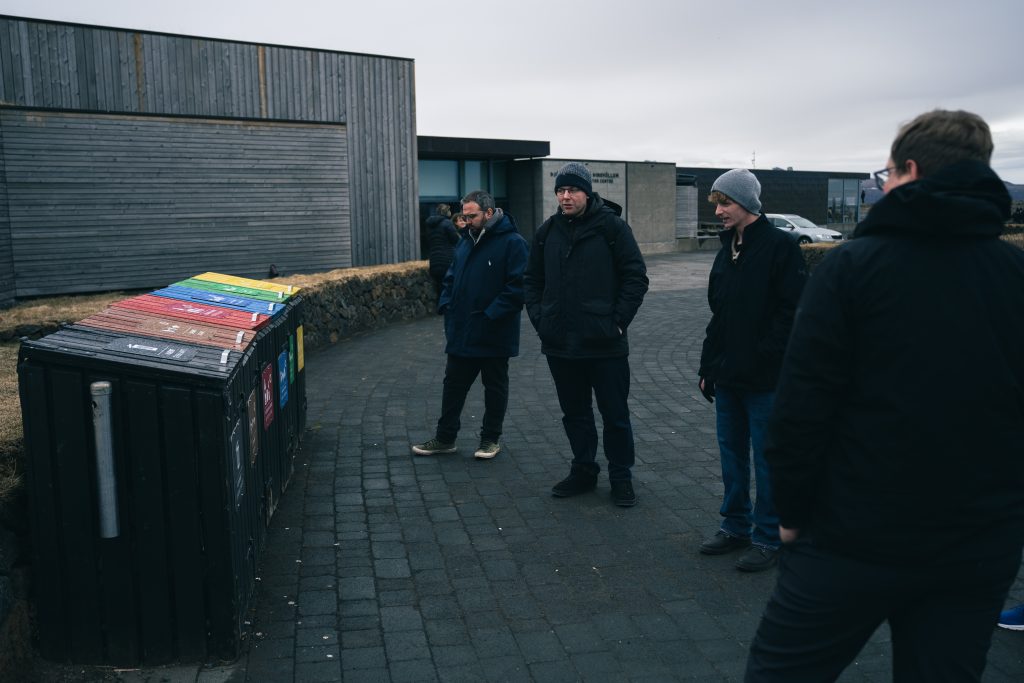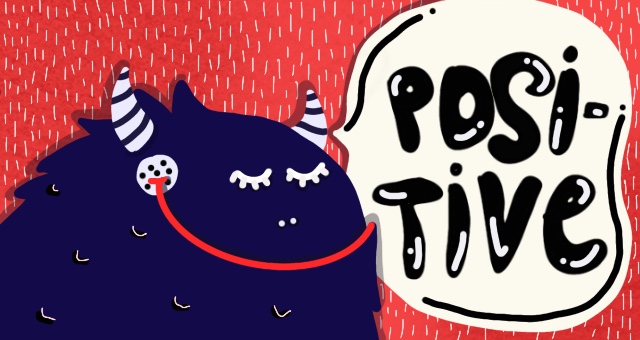It’s been three full years since I moved to a 100% work from home schedule where all my communication is purely via Slack/Zoom with colleagues and I don’t have to go to an office. I still occasionally work from a coffee shop, but less than once every two months, so it doesn’t really count.
I am writing this as a summary of my experiences, thoughts and maybe some tips if you are in the same boat. Clearly, we are all different, so apply what works for you or just experiment. It’s a good habit to keep improving your day even with the smallest thing.
Key points I want to cover:
- Stay sane, do what works for you.
- Work-life balance is 100% individual thing.
- Fix any sub-optimal setup you might have, buy what you think will improve your wellbeing.
- Don’t focus on productivity, focus on consistency.
- Your home setup can be everything you wanted your office one to be.
- Good communication can be the key to keeping your job.
- Don’t forget to meet people.
- Exercise / walk in the nature.
If the points above seem obvious, I hope I’ve saved you some time. But if you’re curious to see if my perspective might inspire any changes, feel free to keep reading.
They say “it’s a marathon, not a sprint”
I say it’s both. If I look at my 3 years, yes, it’s a marathon. You can’t work at 100% every minute. However, if it’s monotonous it becomes boring. It’s the “sprint” that is interesting and engaging. That is, how well can you optimize and learn your tools and your workflow to complete a difficult task in no time?
Let’s say you must parse and get useful data from a JSON file. Well, you can say “it’s a marathon, not a sprint” and go top to bottom, copy-paste what you need, maybe write a small script or something like that. Or instead, you decided to sprint today and do all you want with Jq and completed your assignment in 5 minutes. Only because it was interesting to read that article about “top 5 productivity CLI apps” where it was mentioned and you’ve read the docs, downloaded, played around with it.
And that is what I put in the “fun” category. The marathon bit is the discipline to stay consistently productive (average per week/month of work getting done let’s say) and knowing when you have a good or bad day.
On a good day I can do the weeks’ worth of work and the opposite in a bad week. But it’s not the end of the world, because the project is moving forward; tickets are delivered if you average the whole month’s productivity. And there is no point in fighting it or feeling bad about it. I know a better day is coming. But when I don’t have this luxury of having a bad week, then I must “grind through it”.
A neutral mindset
In this sense, I mean it as being in a neutral state of mind where you can experience the goods and the bads to their fullest. That might sound a little odd, but I believe it’s a good default place to be and takes less energy to maintain. I hope I can explain this in more detail:
A strong focus on the positives of WFH might make one a little annoying to be around. imagine someone constantly boasting about their setup or how they avoid commuting.
Or we can move to a more common problem of not recognizing destructive habits because “it’s so great to work from home” like: Lack of social interactions (face to face), reduced fitness, ease of forming bad eating habits, sometimes bad hygiene and so on the list continues. I find a more neutral stance better for one’s health both physically and mentally.
And there are the down sides – “I miss my colleagues”, the “I need sunlight” and “I’ve been sitting all day” being repeated in your head every hour. No way to experience any of the positives that way. If you are hard in this camp, maybe WFH is just not for you. Or maybe you are repeating that to yourself without trying to experience the benefits. Because no one said you are locked in a prison. If you block 9 hours a day for work, that leaves you with realistically 3-4 hours to meet other people and have some time for yourself. If you need the constant people contact, it’s also possible to pay for a desk in a one of those open workspaces (that is if your company has no office at all or none where you live at). It’s not really work from home anymore, but it’s a solution to a problem.
What I am trying to say is that it’s important to control what you repeat in your head. What you are constantly observing. If it’s strictly negative or strictly positive, it’s maybe time to moderate it a bit.
Which is the precursor to a:
Good work-life balance
This is such a repeated topic. I don’t think I can contribute much here, so I can just talk about what I have, and you can be the judge of me (if you want, not that it’s productive).
Recently, waking up at about 6:30 for some reason, but normally at 8am. Roughly 45 min of waking up my brain, reading personal email, which is 95% subscriptions to news sites or similar. Then I pick a random article to check, drink coffee or tea (winter vs summer difference mainly). After, I try to focus for about 4 hours uninterrupted, thought that rarely works. More like 1.5h at a time. Lunch, then back for another 2-3 hours, then a break to wait for my calls to begin. They end at about 7-8pm because the rest of the team is in the US, and I am in EU. That marks the ends of the workday. From 7pm to about 11:30pm I am free to do whatever. For me, whatever is a mix of – Sometimes going out, though not as often as I want, reading a book or random short PS5 game like Hades or Wukong (recently), which I can play for 30 min or however I long I want. Some random pet projects/coding experiments I have mental energy to do so and YouTube videos. These days this also includes streaming.
Not very socially productive or whatever, but I don’t feel drained to begin the next day. In fact, Mondays are not a problem for me and often I am surprised how fast Friday comes. It’s a kind of neutral day with no strong feelings. But I also don’t hate my job (in fact I like it). That is a big factor. I think “hate” is one degree past “dislike,” which is when you might want to look for something else anyways
So, I doubt you want to hear about “the importance of work-life balance.” I think that is one of the things that one just learns by practice. If you lack it, you will feel and make changes hopefully. Or you will be forced to do so at some point. And if you only read about it but don’t feel a problem, then you make no changes. It’s an odd thing. Kinda like keeping one’s body healthy. Most people only try to fix an issue, not prevent one. I suppose that’s enough said on the topic.
I am free! I can do whatever I want?
Yes! But that is mostly always the case. What we care about is the repercussions of our actions. And at home, almost anything goes. That feels liberating in a sense. But it also opens a new set of problems – now you must put the boundaries. And enforce them.
We can name it self-discipline. Of course, you need that in an office too, but there it’s easier. One of the most common complaints I’ve heard from friends about WFH is that it’s hard to separate work and home. The place you sleep in, you bed – yeah, it’s 1 m. behind you. Or the couch? Just the other room where you also eat. So, a short 4 min break with no timer is usually 20 minutes long. This is why I almost always put a time on my watch of 6 or 9 minutes.
So, what are some ways to self-discipline:
- Got a task to do? Just do it.
- Don’t repeat in your head how you don’t want to do something, how difficult it is, how annoying it is or “I have a bad day” etc. Repeating all this only makes it harder. Even if it is, the thought and complaining makes it even harder.
- Keep your house clean and organized. Just making your bed, keeping all clothes tidy and in a wardrobe, keep your kitchen ordered and all of this throughout the day or at least in the morning. Routines like this help a lot.
- Keep your desk clean.
- Let fresh air in the room, try to have more sunlight, if possible.
- Find distractions and limit them. One distraction I have is my phone. So, I leave it in the other room. If someone calls, I get a notification on the watch or on the laptop, so that’s not an issue.
- If you have someone next to you, let them know to bug you a bit more if you are laying around.
- If you can, keep a TODO list. I try to have one to three items a day at max. Often items can be completed in 1 minute, doesn’t have to be a large task.
- Write things down. Most of the time I don’t even read them afterwards. But it’s easier to remember that way.
Also – I am against working in pajamas. It’s just lazy. And little things like this pile up until everything is a mess. I personally need a hard difference between “I sleep and rest” and “I work and focus”. One tip is to never touch your bed until it’s time to do so at night (which I don’t follow, but I see the merit). So, I wouldn’t say one can do “whatever they want” when working from home. I find that we should put even more guidelines than when in an office. And following them is even harder if there is no one around to observe you and judge you.
Work from home requires even better communication
I knew this even before I moved to my new workplace. I’ve had to work from home in my first years as a developer too for quite a while. And before that even more as a designer. And I did observe that good communication sometimes is more often seen as a productivity indicator than completed tickets. I don’t like the idea of it, but it is true, and it makes sense.
“He is here only because he is loud, but actually does nothing” I heard commented about a colleague from friend years ago. Regular workers might see this more than managers. And it’s not cool. So always backup your communication with actual work being done as well. That again we shall name discipline. And honesty. And just doing your job. It’s good taking pride in that and I respect people that do so.
But to get back to just the communication side of things. It’s important to keep people who manage your work and your team up to date with your progress and problems. And all the team members that work on the same pieces as you do. Most likely standups would not really be needed if everyone just posts a status update?
One of the hardest things to learn is to post updates about bad things – something didn’t work, or you have no idea how to approach a problem or you don’t understand the requirements (for the third time) etc. Well, if you (and I of course) don’t understand a requirement after the third ask, then there are probably two problems: I have the wrong mindset completely or there is missing information on one or both sides. It’s important to clear this out in a fast and frictionless way. And doing so is a skill to acquire in your career. The downside is all the negative emotions around it, which is why we generally stay away from such updates. Until they come to bite us. I dislike this part.
But for something more fun:
Home setup
This is strictly individual as well. I personally have found the following to work best: A very good set of speakers which I hate to admit I can’t blast because of neighbors, but one day! One day I will!
Good keyboard – I have one now, but it might be changed at some point because of ergonomics. I have some pain in my wrists/thumbs which might be related to it. If I end up changing, it would be with a Kinesis Advantage360 (quite costly, but I hear it’s good for your hands). I also don’t mind learning to use it. After all, I did move from VS Code to Neovim, so how hard can the keyboard be? (I expect it is lol, I just like challenges). Right now, I use a Logitech Pro X TKL with brown switches which sounds and feels AMAZING. I only wish I felt the need for an ergonomic keyboard before purchasing this one.
Screen – I have a 27” Dell 4k screen which does its job and needs no change. Probably for another 5+ years. But if I were to change it would be with a 32” OLED one. I don’t find a need for a second screen for work. I’ve used two display setup back in my teen years and I could never utilize them both at the same time, which is kind of obvious. You can’t look at two screens at the same time, right? And if you want to switch an active window, you still must tab to it. So, what is the difference with doing on a single monitor? Well, you don’t have to watch to the side and hurt your neck after forgetting you straighten for two hours. In addition, having one thing to focus on kind of makes it easier, at least for me.
Desk – It’s a stand-up desk, which I don’t utilize well enough. It’s motorized, so I have no excuse. But I still tend to use it once a week standing. There is a room for improvement here. I believe it’s okay to use for no longer than an hour at a time standing and no longer than an hour sitting. It’s a little annoying but maybe it’s better for the body. In any case, sitting 8h is bad. No way around it.
Other than that, and some minor things, I need nothing else. I have a Sony a7iii as a webcam and a Yeti Blue as a microphone for nice quality. Of course, my camera is for taking photos, but when I am at home, I also put it to use for calls. It’s NOT worth it just for a webcam. Unless you are streamer that makes a good buck from it, I suppose…
